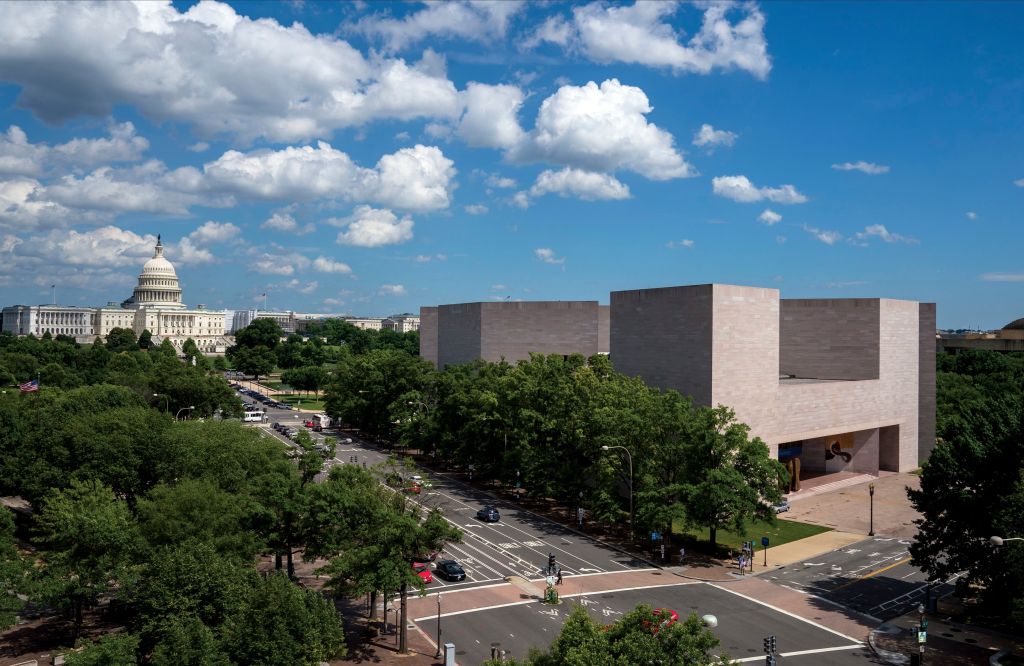[ad_1]
A decision by New York’s Museum of Modern Art and the Guggenheim Museum to settle a restitution lawsuit in 2009 involving two paintings by Pablo Picasso marked the end of one of the most famous—and, sometimes, controversial—cases of its kind in recent history. Now, the family behind that case will become the owner of a different Picasso work after a major U.S. museum made the decision to return it on its own accord.
The New York Times reports that the family of banker Paul von Mendelssohn-Bartholdy, who was based in Germany during World War II, will now own Picasso’s pastel Head of a Woman from the National Gallery of Art in Washington, D.C., which claims to have had the work in its holdings since 2001. According to the report, the National Gallery decided to return the work to avoid any potential litigation.
While the museum asserted in a statement sent to the Times that the restitution of Head of a Woman “does not constitute an acknowledgment of the merit or validity of the asserted claims,” the work’s return is unusual because it was enacted before a lawsuit was filed. Museums typically return works subject to restitution claims after a suit has been initiated.
According to the heirs of the Mendelssohn-Bartholdy family, the Blue Period pastel is one of 16 works by Picasso that were sold, possibly under duress, before the banker died in 1935. The famed dealer Justin K. Thannhauser bought the piece in 1934.
This is the third major restitution case involving the heirs of the Mendelssohn-Bartholdy family and paintings by Picasso. The one in 2009 involving MoMA and the Guggenheim was settled under terms that were not disclosed, and the museums still own their Picasso works. Three years earlier, the family heirs sued the Andrew Lloyd Webber Foundation when it tried to sell a Blue Period Picasso at auction at Christie’s.
[ad_2]
Source link

